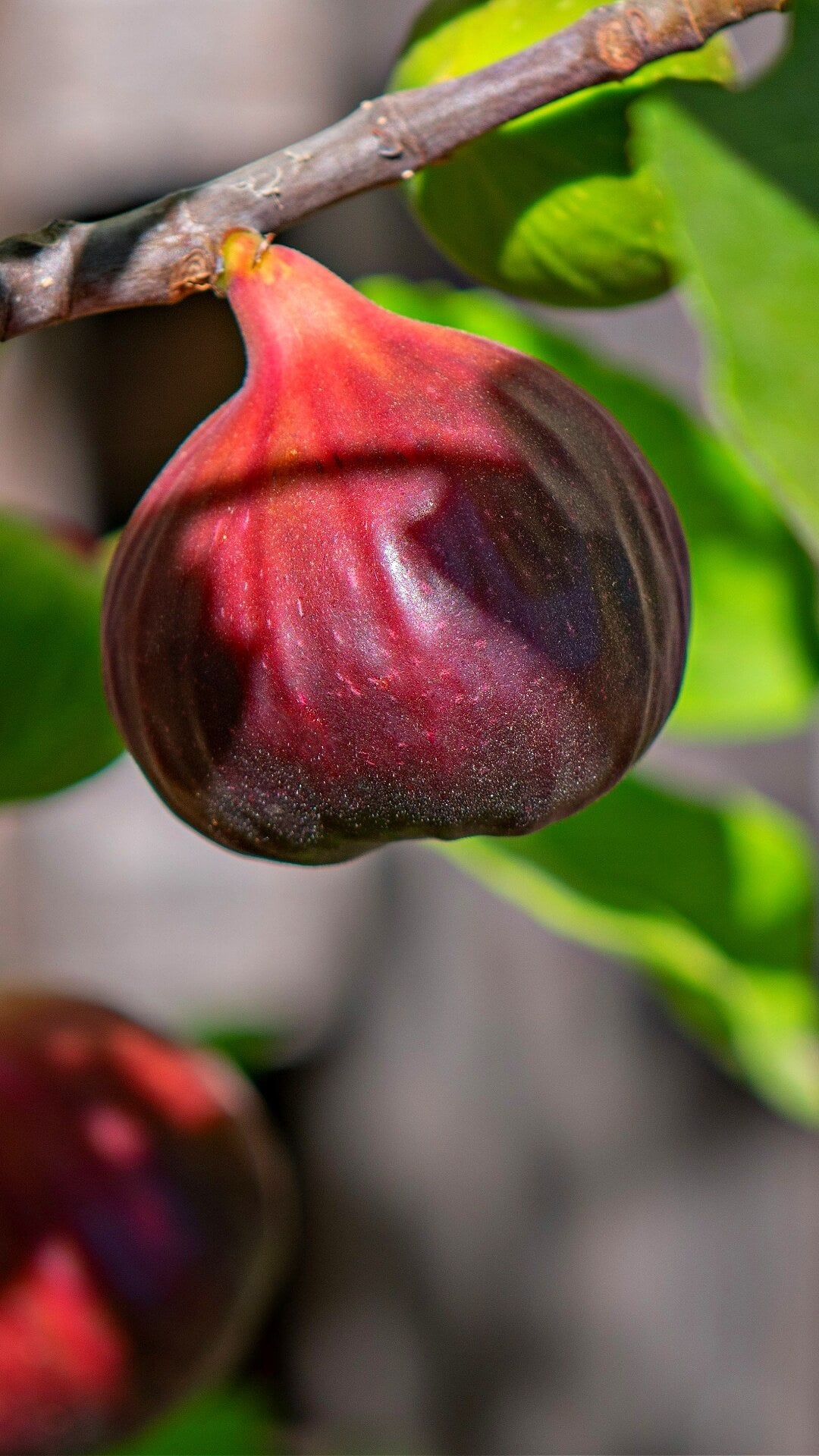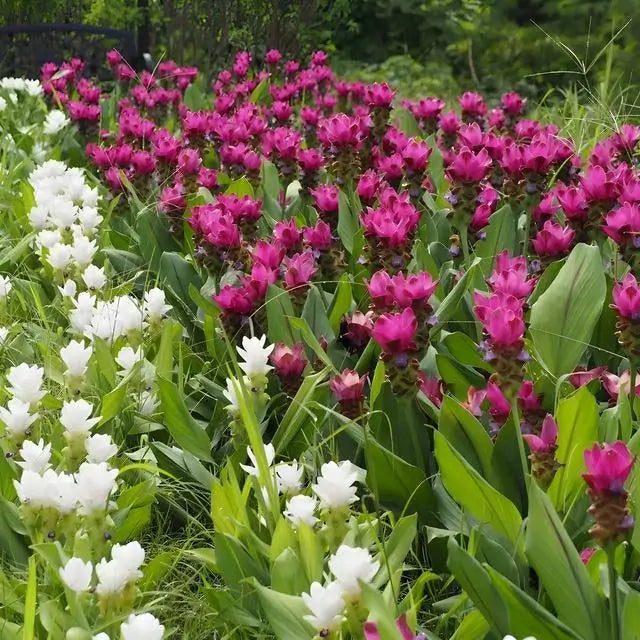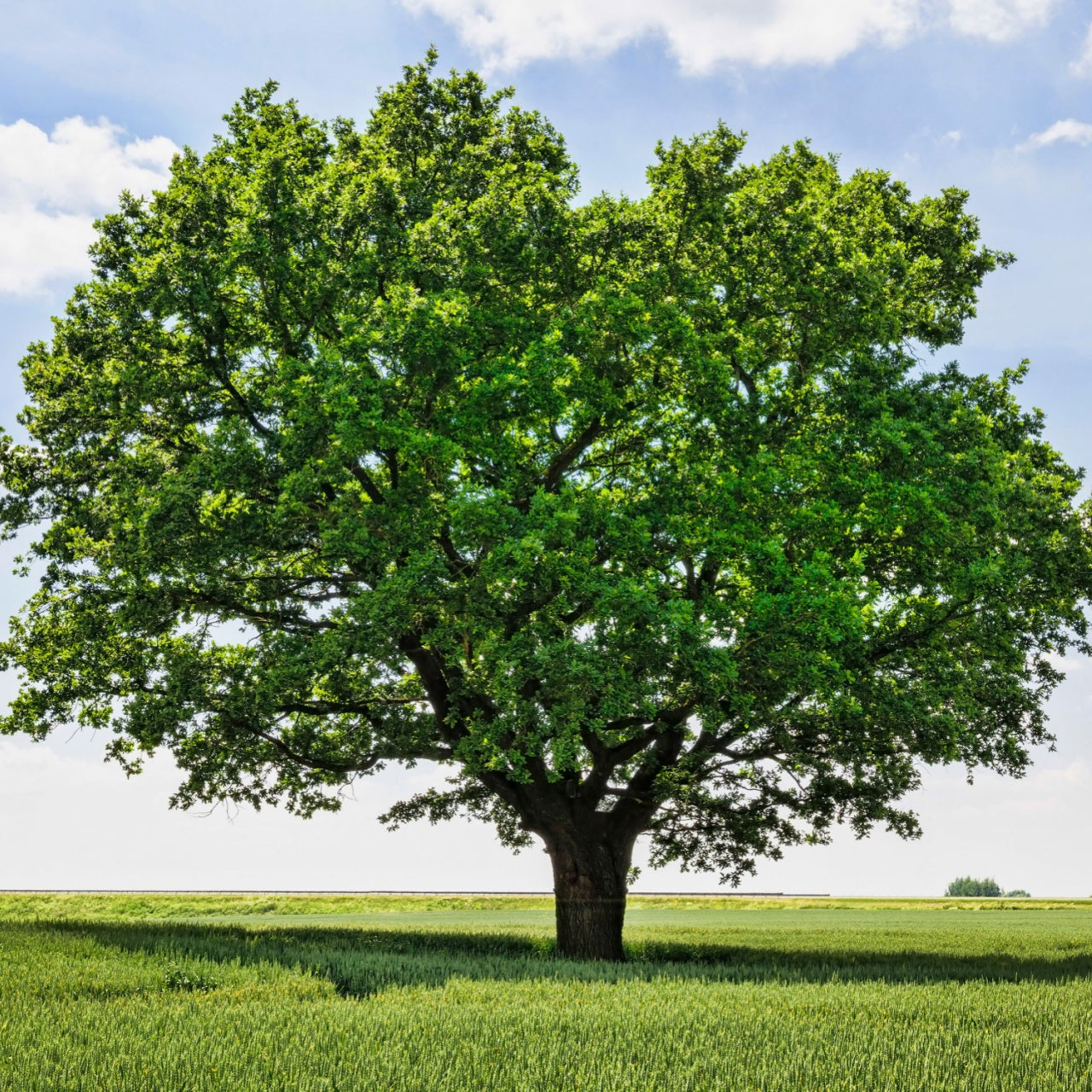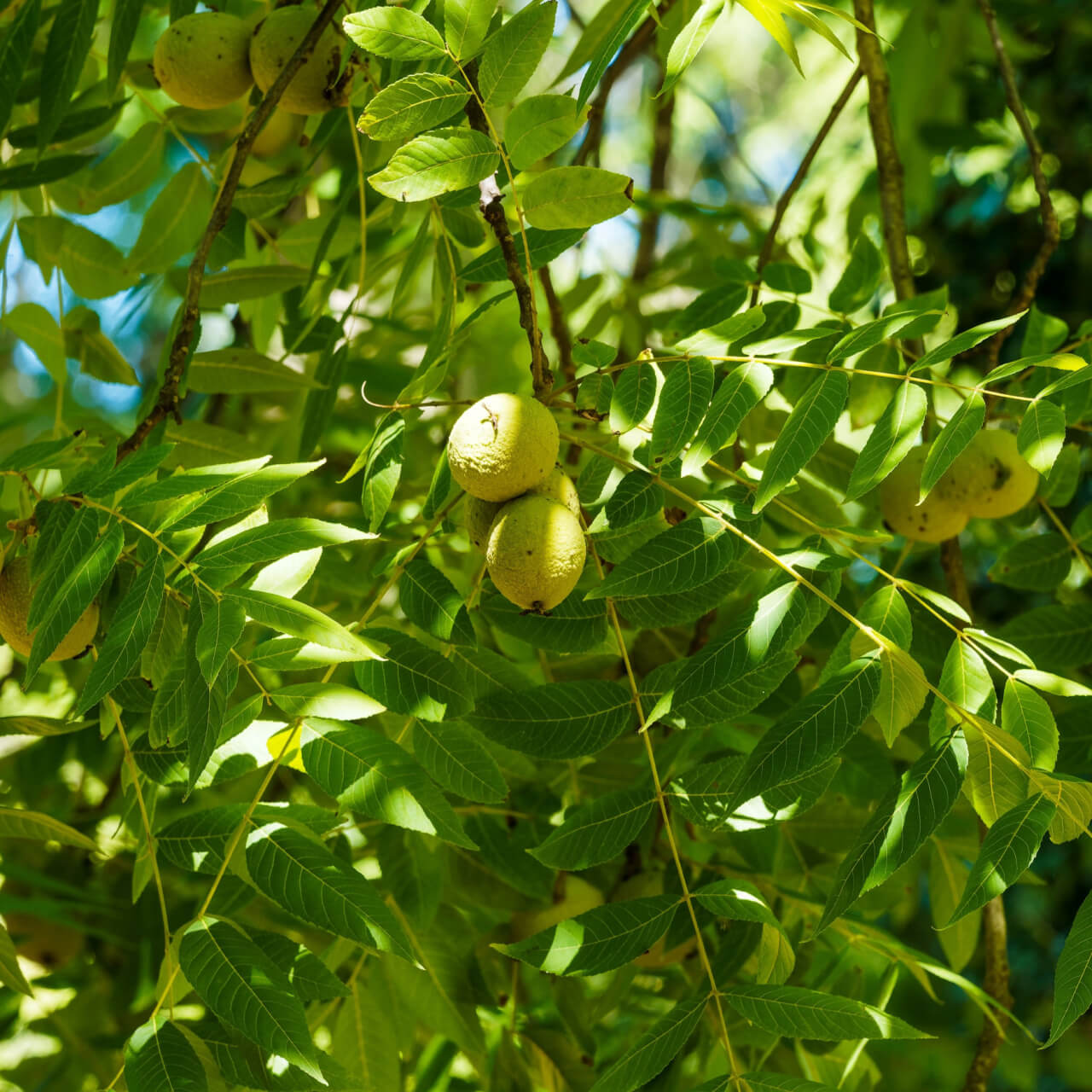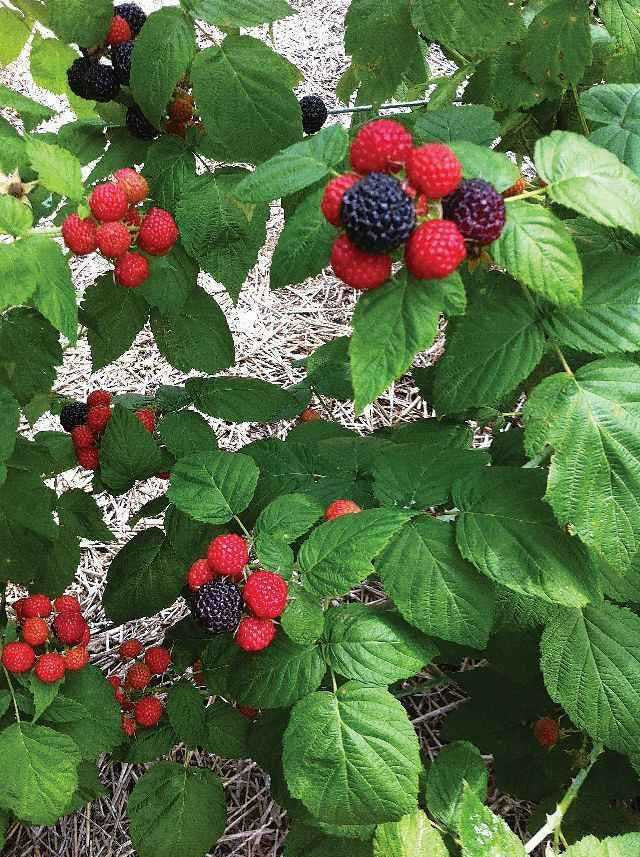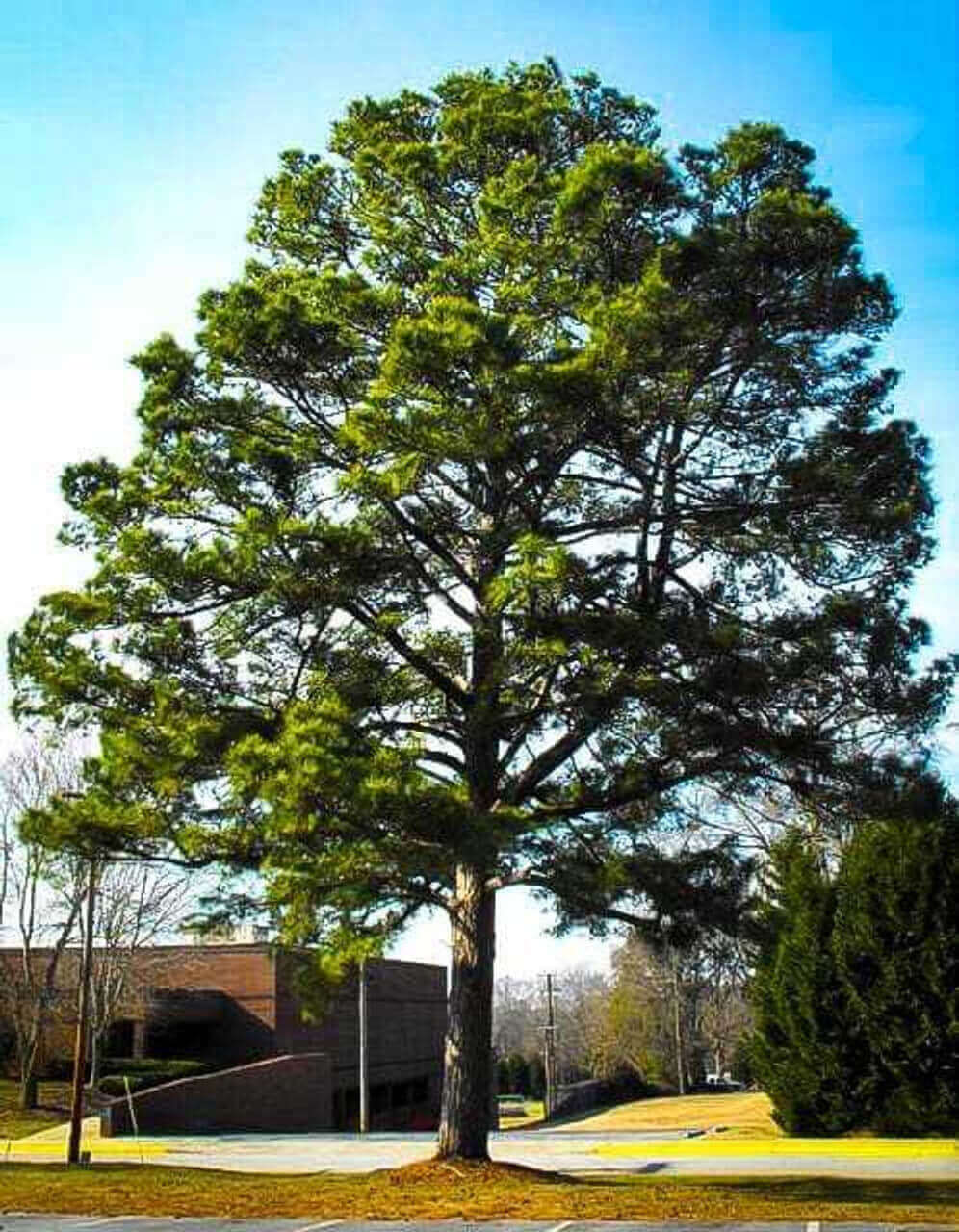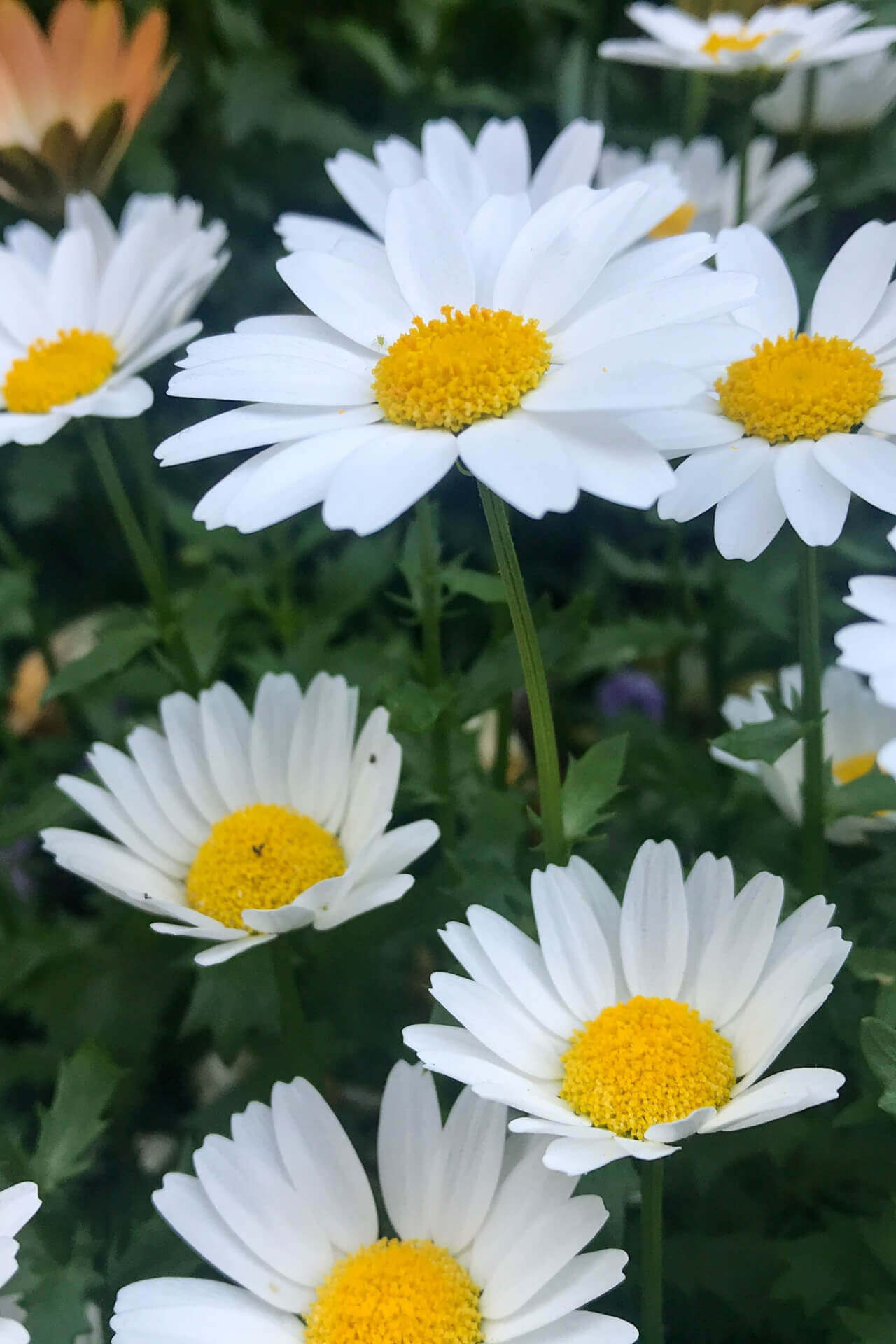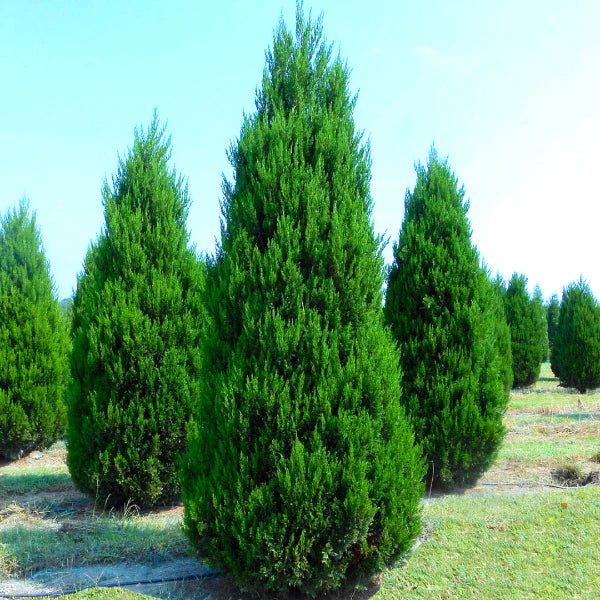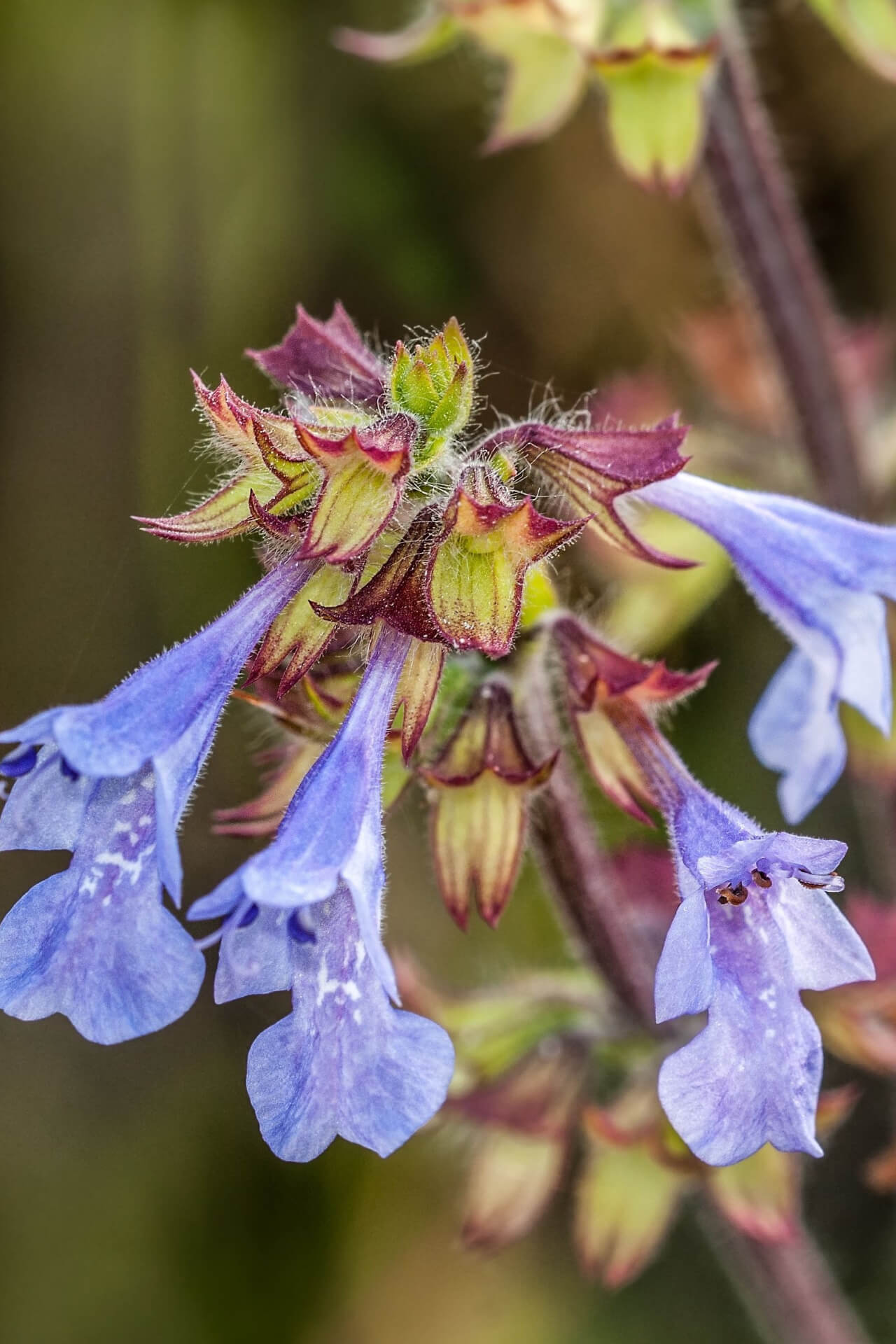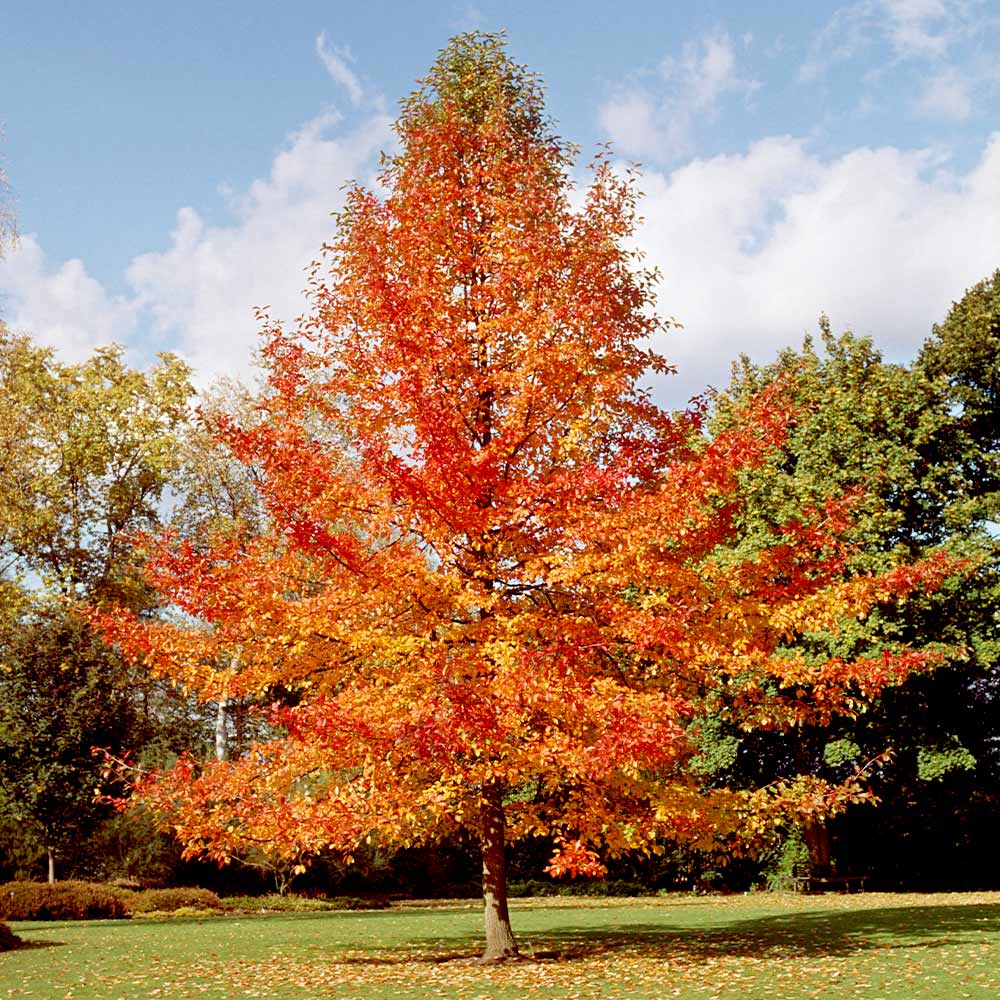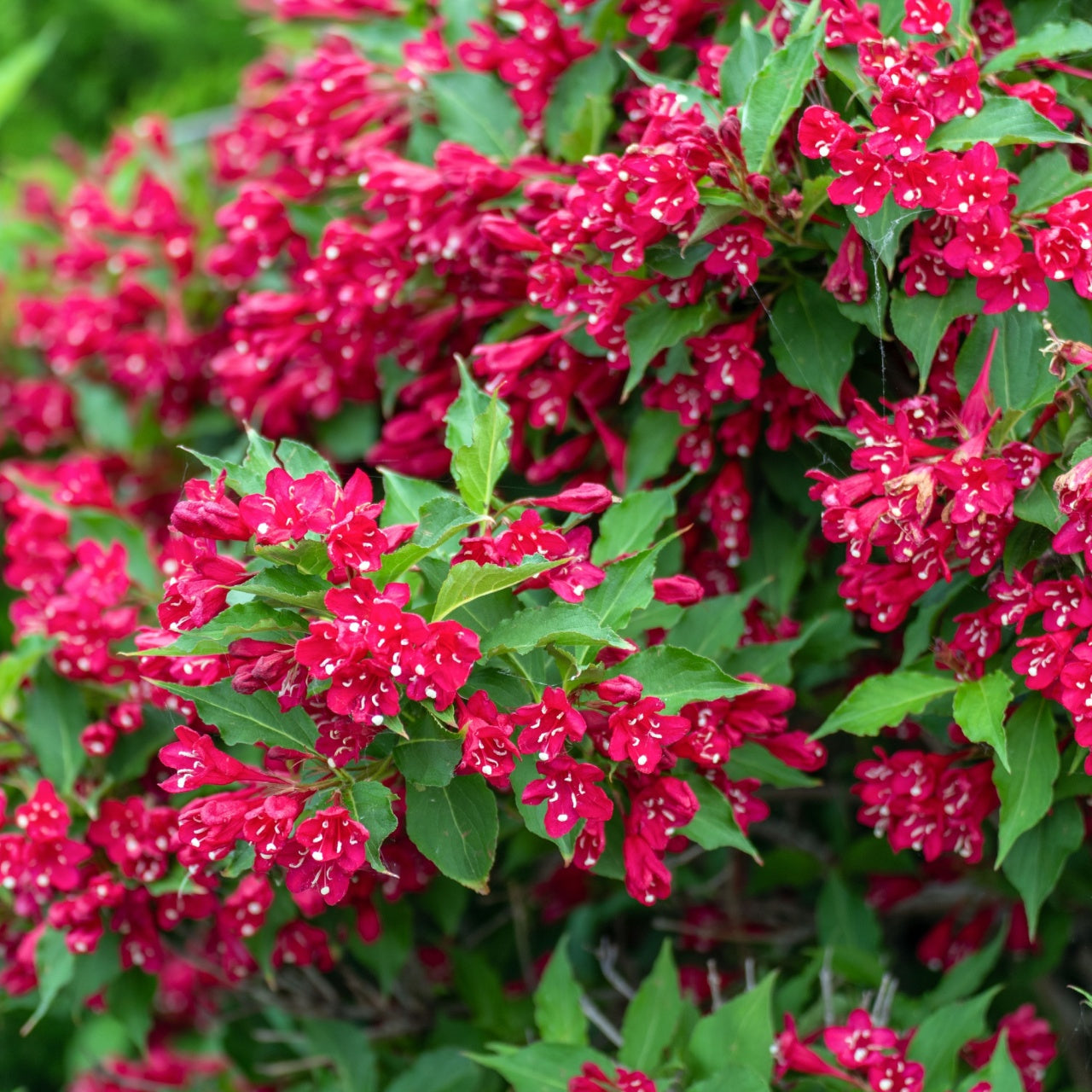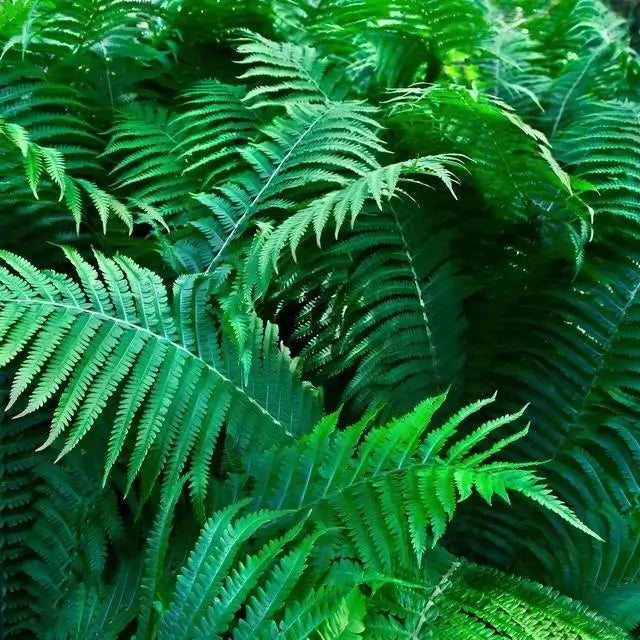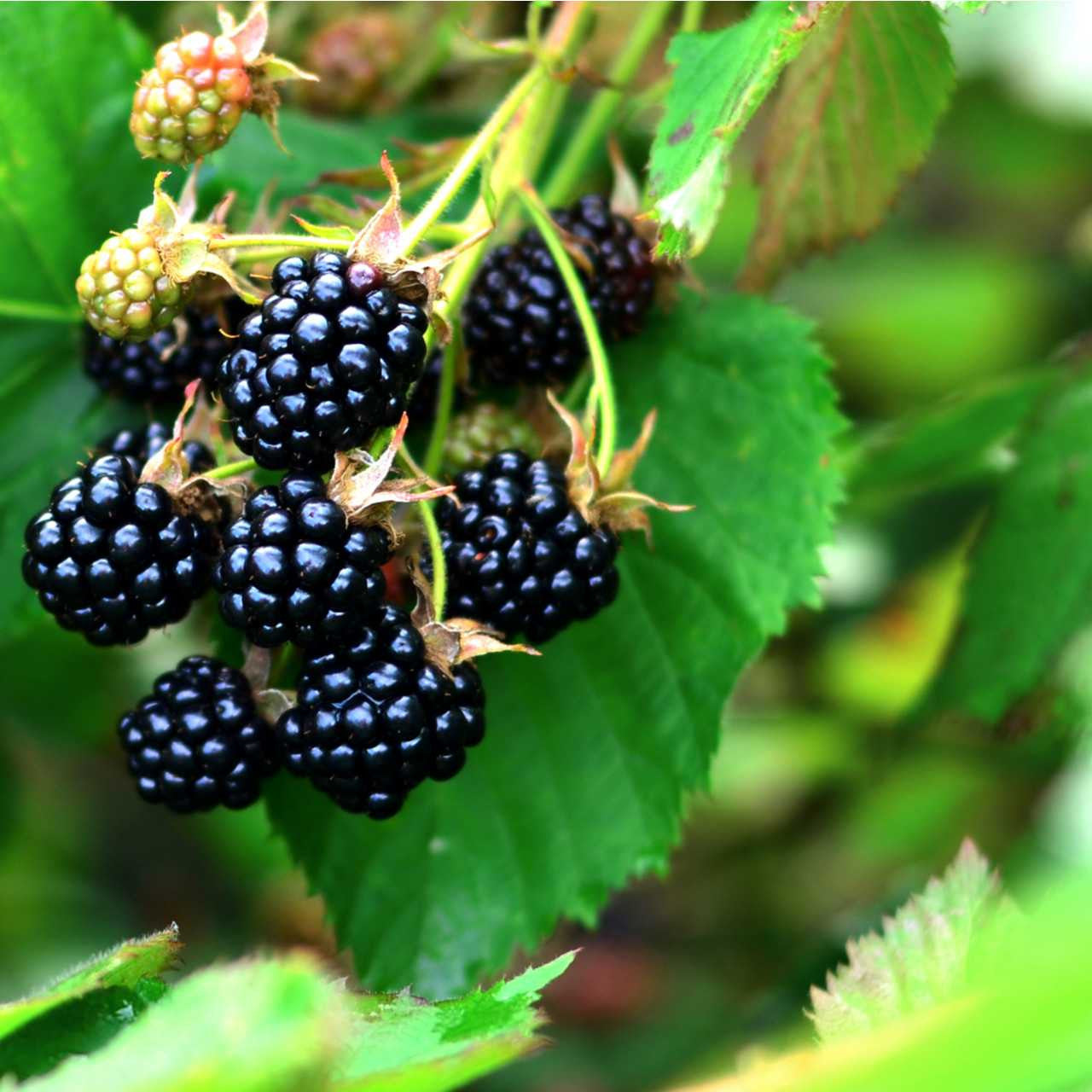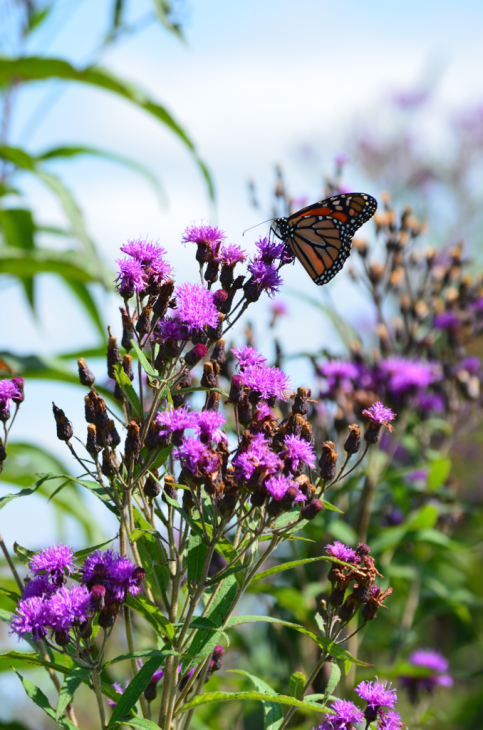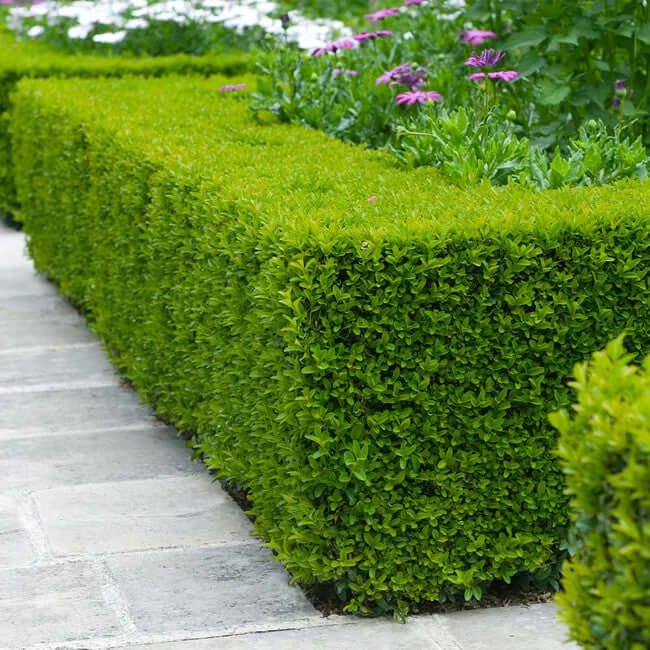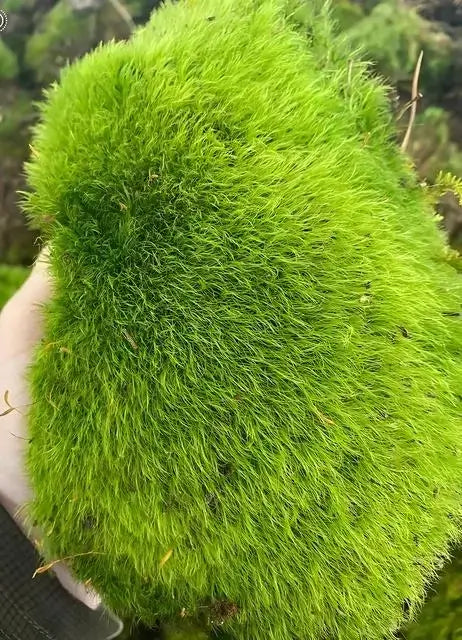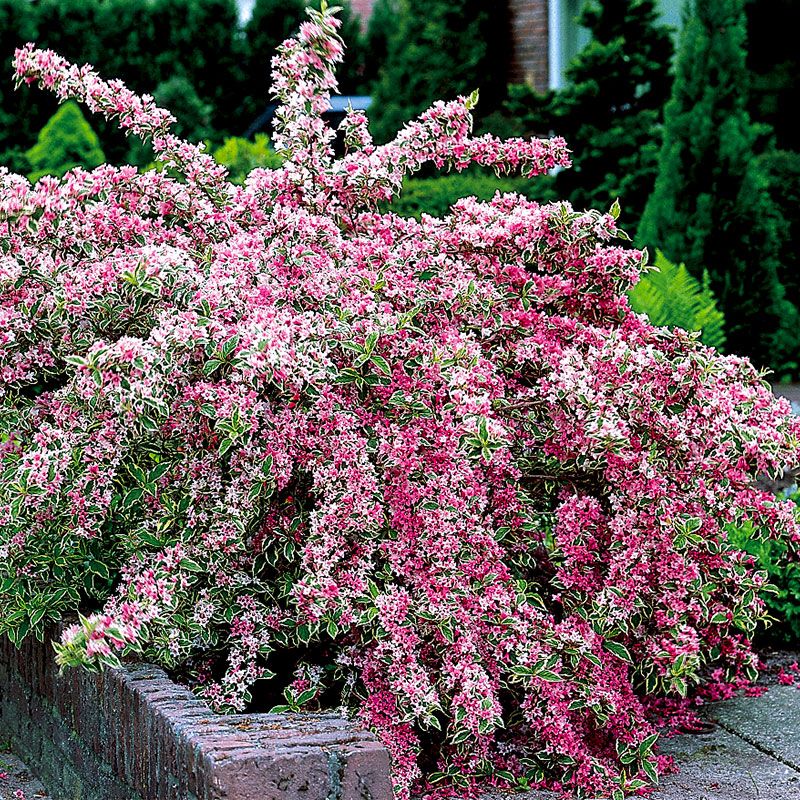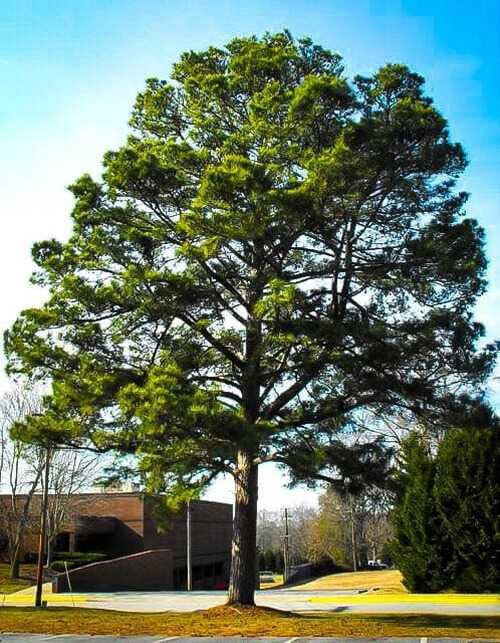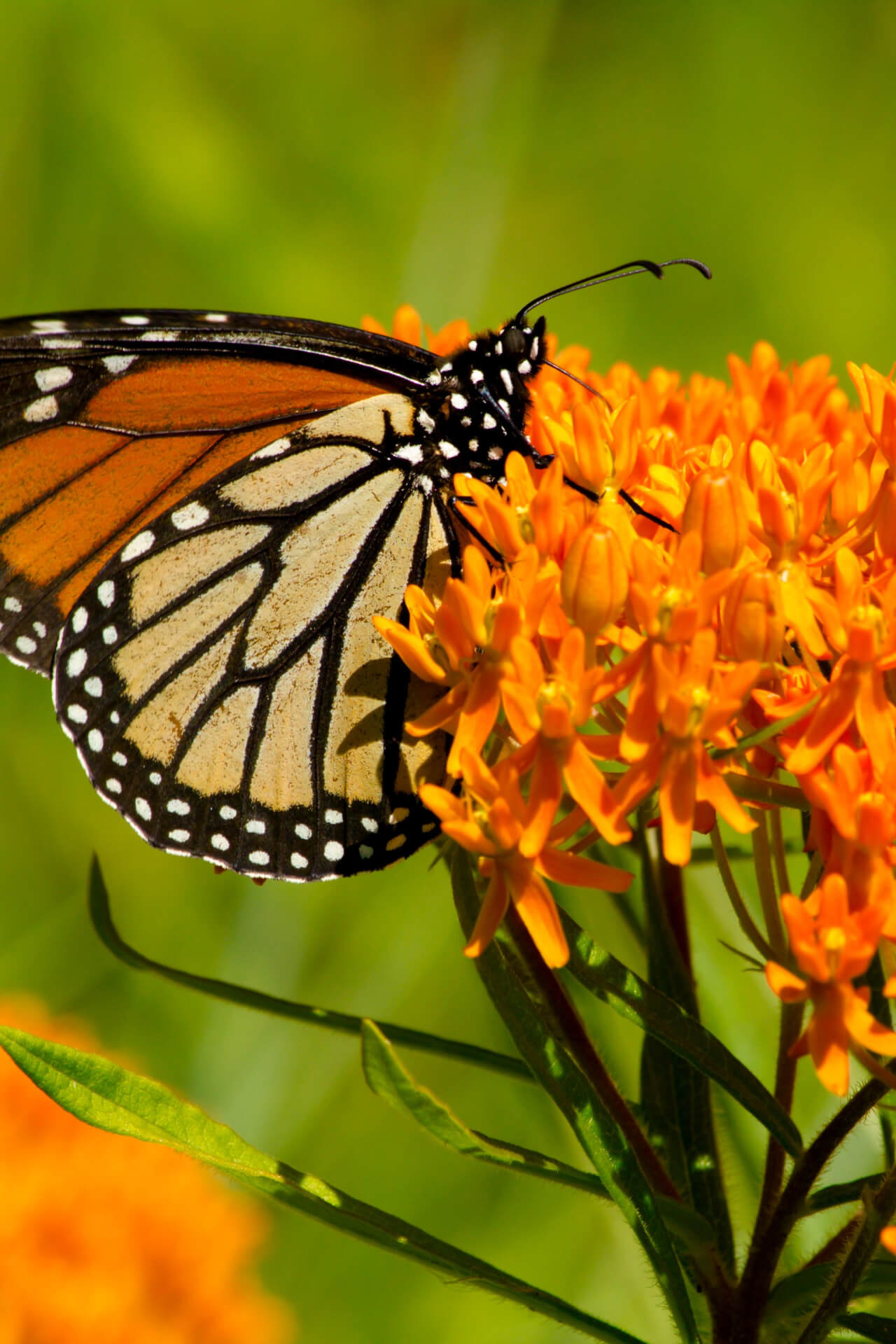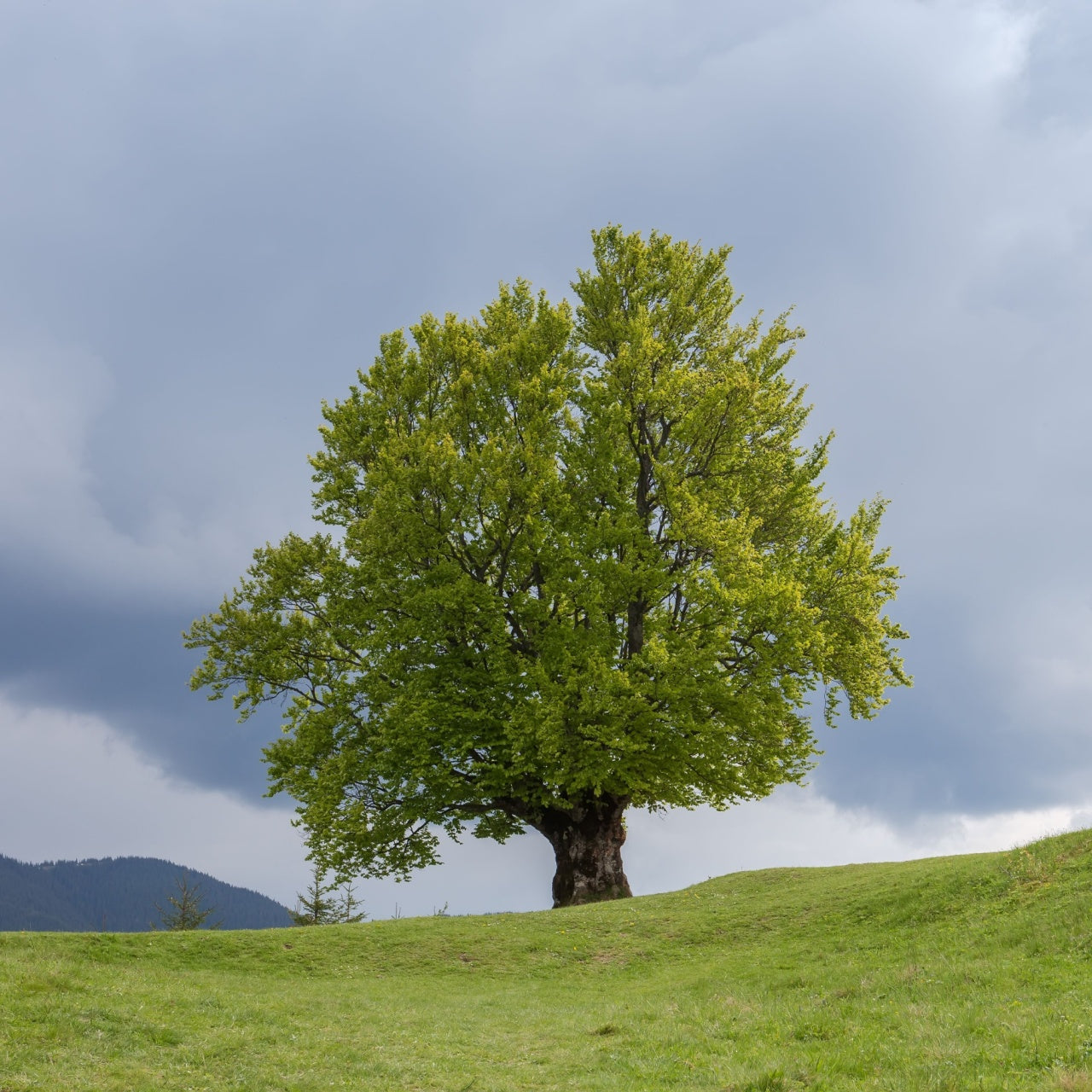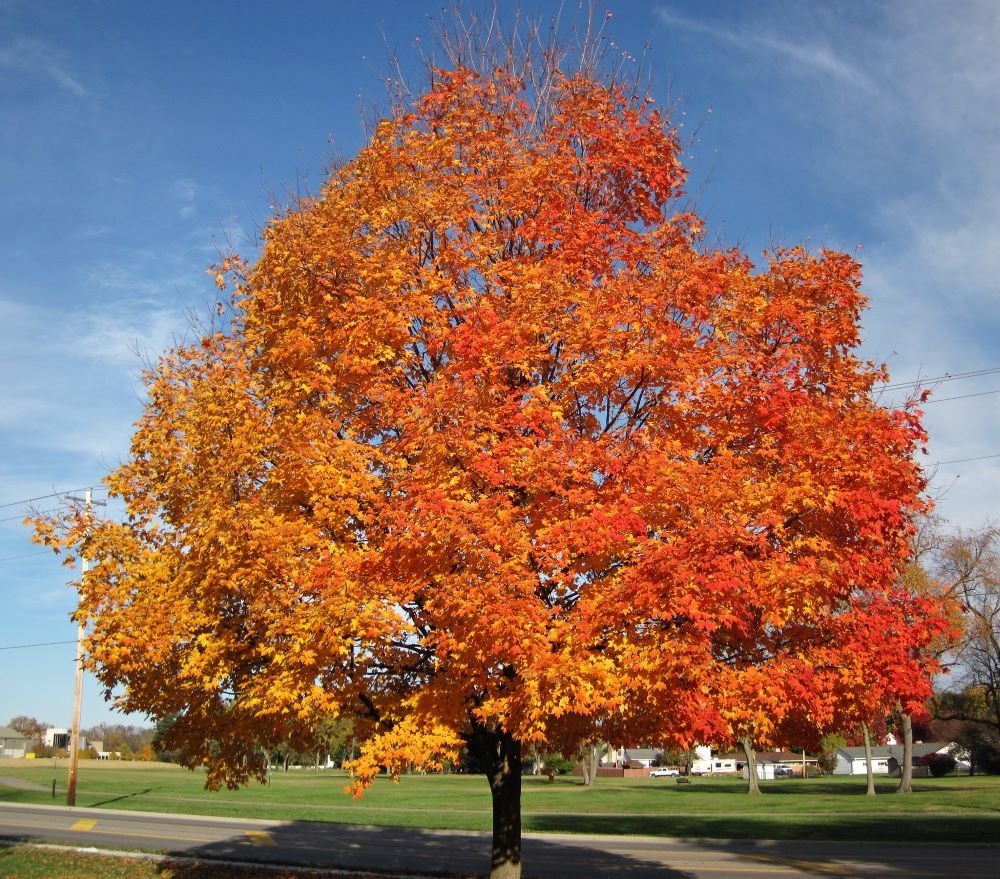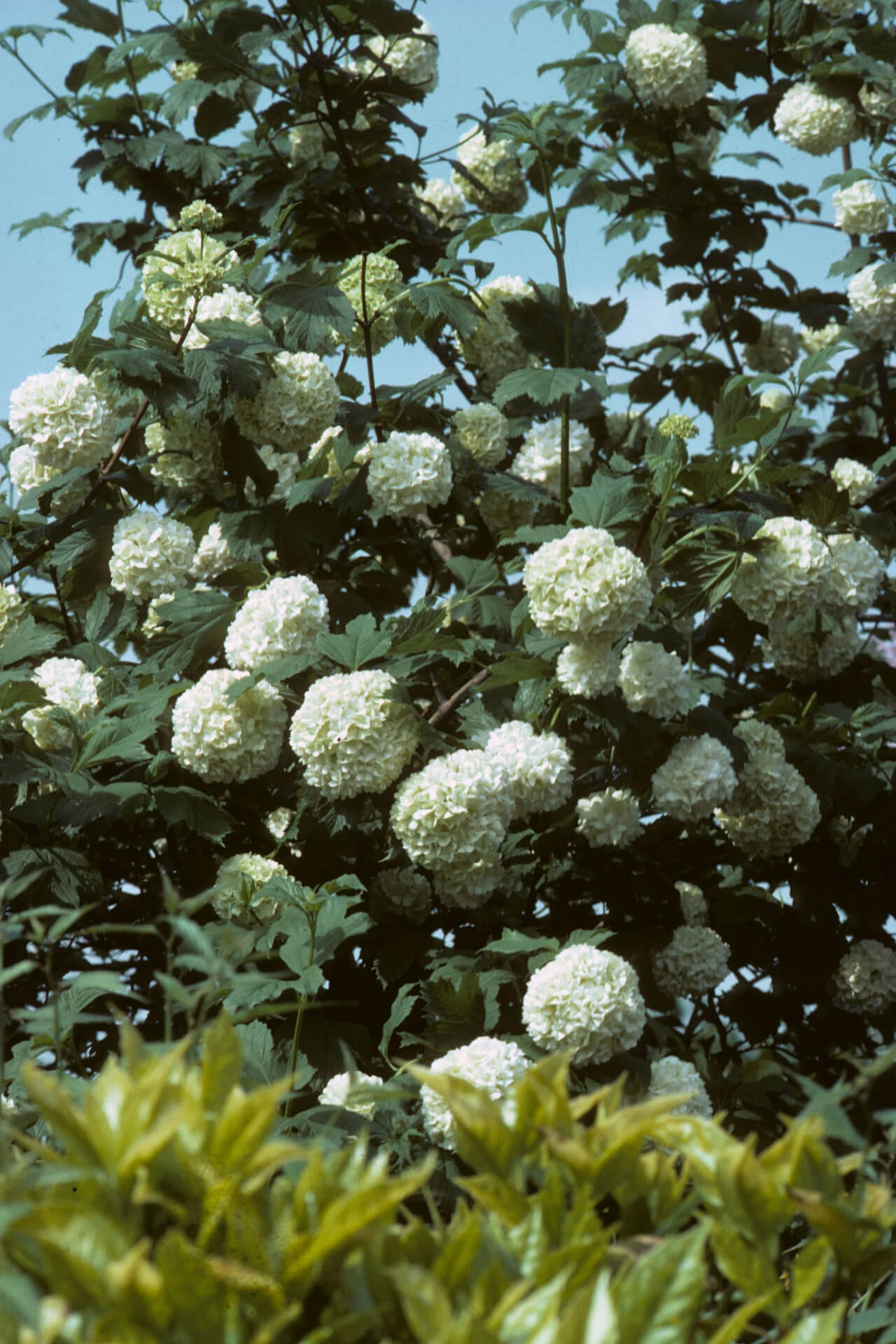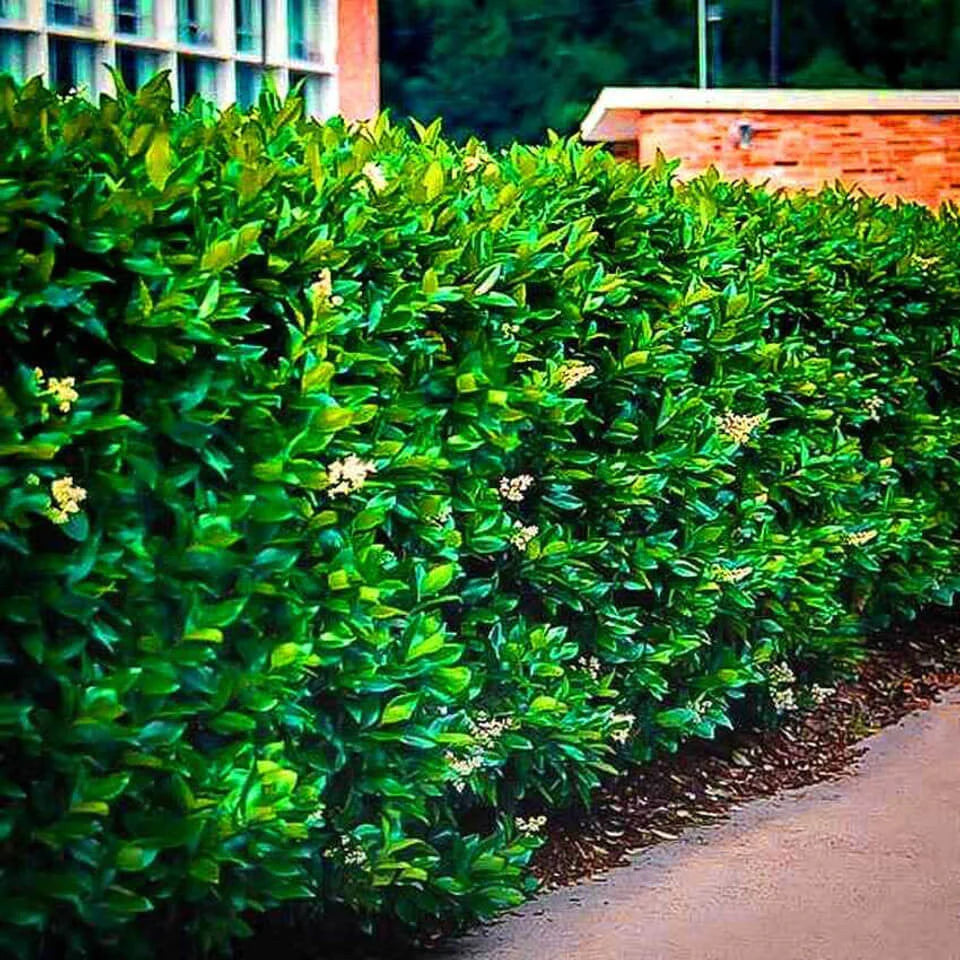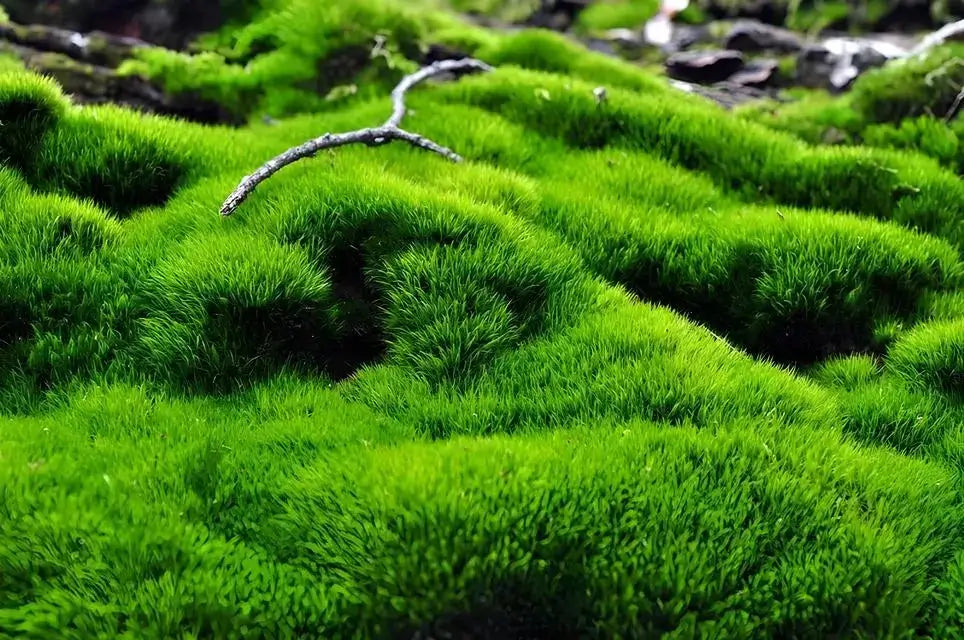Filters
Sort Best selling
-
Fig Tree -
Perennial Package - 10 Plants -
White Oak Tree -
Black Walnut Tree -
Black Raspberry -
Loblolly Pine Tree -
Shasta Daisy -
Cedar Tree -
Lyreleaf Sage -
Tupelo Tree -
Red Weigela -
15 Hardy Ferns -
Dewberry Plant -
Ironweed Plant -
Wintergreen Boxwood 6-10" -
Broom Forkmoss -
Weigela Shrub Collection - 3 Varieties (Red, Pink & Varigated) -
Loblolly Pine Seedlings -
Butterfly Weed -
American Beech Tree -
Silver Maple Tree -
Black Haw Viburnum -
Wax Leaf Privet -
Tree Moss
Shop zone 9 for a collection of plants that survive and thrive in warm conditions. TN Nursery is your go-to provider of hardy plants, guaranteed stock, and various location-specific cultivars.
Whether prepping for autumn in 9a or planting a winter garden in 9b, you can find something in our curated collection to exceed your expectations. We're always happy to lend a hand if you need one - we provide dozens of videos on proper selection, planting, and more.
Planting Considerations For Zone 9
Of all the plant hardiness zones in the U.S., this one is one of the most complex. Not only is it one of the hottest climates in the Americas, but it's also one of the driest. The lack of freezing temperatures complicates things further since cold-tolerant plants rarely do as well during mild winters.
Before you select plants for your warmer garden, consider the following:
1. Your local microclimate. Do you live in a frost pocket or under lots of shade?
2. Rainfall averages. How much do you get per year?
3. Your soil quality. Does it hold on to nutrients well? Does it need a little support?
TN Nursery stocks a variety of plants in this curated collection. No more guessing which ones survive and thrive in your area—we've done the heavy lifting, so you can simply pick your favorites.
Our Favorite Plants For Various Zones
Are you on the hunt for a heat-tolerant flower or excited about finding a fruiting shrub? TN Nursery offers an extensive collection especially assembled for warm, dry ecosystems.
A few fan-favorites of this collection include:
Blue hydrangea: It's hard to go wrong with this colorful classic, especially if you're looking to spruce up the visual presentation of your yard.
Winterberry: Even if it doesn't get cold where you're at, you can celebrate the season with the bright red color of the winterberry.
Plum tree: Look no further than the drought-tolerant plum tree for sweet, juicy stone fruits fresh out of the garden.
Please keep in mind that we offer a growing guarantee on the plants included in this list. We're passionate about bringing our best plants to customers, and our guarantee includes a one-year warranty in the first year of growing.
Expert Planters Trust TN Nursery For Best Plants For Their Zone
Gardeners affirm that TN Nursery is one of the best DTC companies for hardy, heat-tolerant plants. We've spent 64 years breeding the best possible cultivars to re-imagine your outdoor space. From Oregon to South Carolina, there's something in stock for you.
